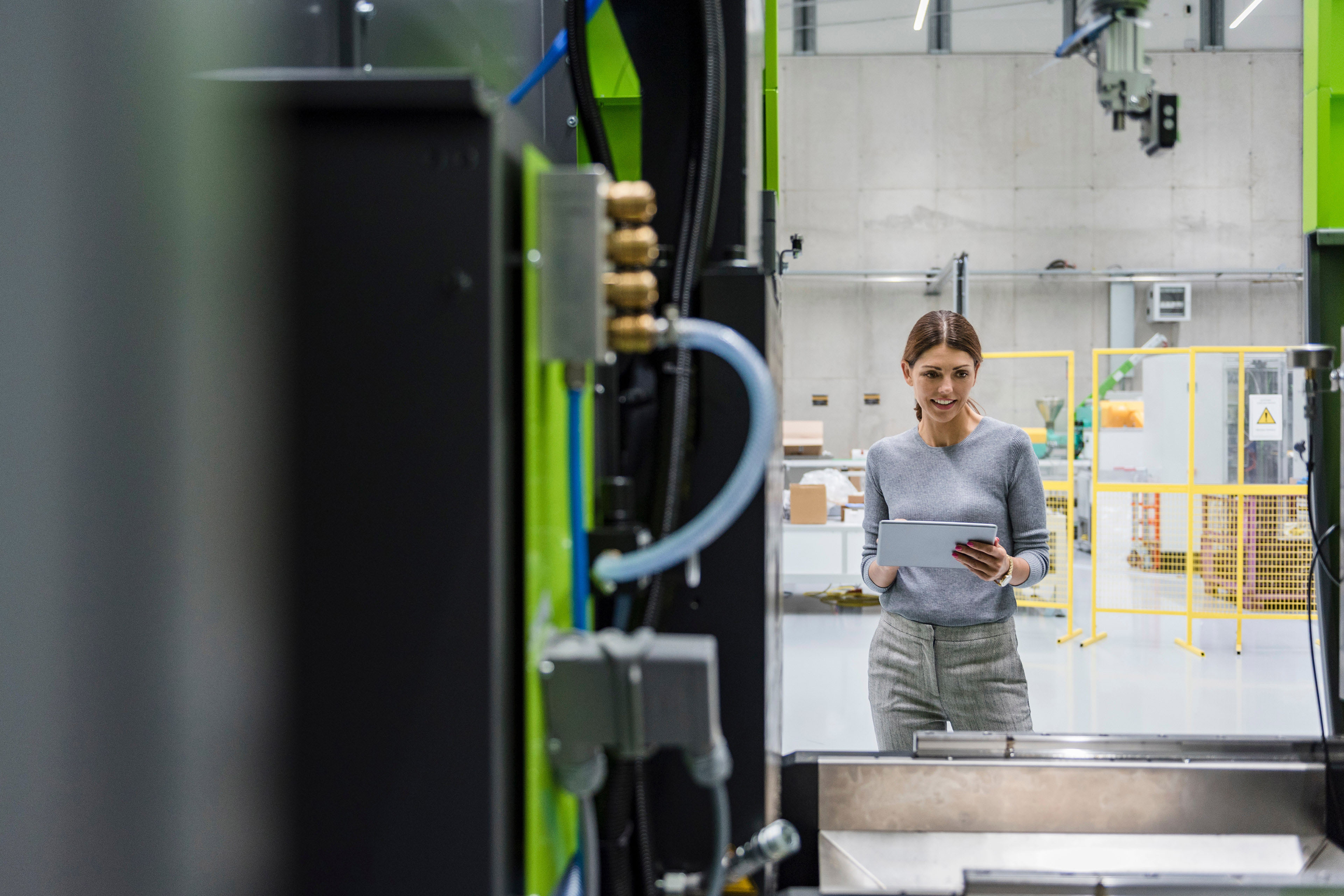EY refers to the global organization, and may refer to one or more, of the member firms of Ernst & Young Global Limited, each of which is a separate legal entity. Ernst & Young Global Limited, a UK company limited by guarantee, does not provide services to clients.
Explore our Offerings
-
Learn more about how organizations are accelerating transformation and strengthening cybersecurity at the same time.
Read more
The interconnected nature of the core systems that run critical infrastructure means that failures caused by malicious attacks can be massively destabilizing, with results such as physical damage, production halts and even risks to human safety. For example, a compromised water treatment facility could result in a public health crisis, and an attack on an electrical grid could plunge cities into darkness and leave residents facing deadly temperatures.
Unlike back-end IT systems — mobile devices, personal computers and other digital tech — where cyber vulnerabilities can be patched with over-the-air updates, OT infrastructure may require complete overhauls. Power utilities, traffic light switches, military installations and building elevators can’t be stopped and rebooted without significant, even catastrophic, disruptions.
The criticality of OT-based platforms and the severity of cyber threats against them has refocused CISOs’ and other cybersecurity leaders’ attention on OT vulnerabilities. Understanding these risks and the unique challenges they pose means gaining visibility into OT networks and deploying robust security measures that are more than an exercise in compliance. Rethinking OT security is about safeguarding operational and business resiliency and keeping employees safe from physical harm.







